-
The latest forecast continues to show a 60 percent chance of weather good enough to allow a SpaceX Falcon 9 rocket to blast off from Cape Canaveral at 8:35 p.m. Sunday.Atop the rocket are a Dragon capsule packed with cargo for the International Space Station and a small communications satellite.
A weak frontal boundary moving slowly through the Florida peninsula could produce thick clouds and scattered showers Sunday evening. The launch window is instantaneous.
If the launch should delay for a day or two, the forecast is excellent Monday and Tuesday, with an 80 percent chance of favorable conditions both days.
-
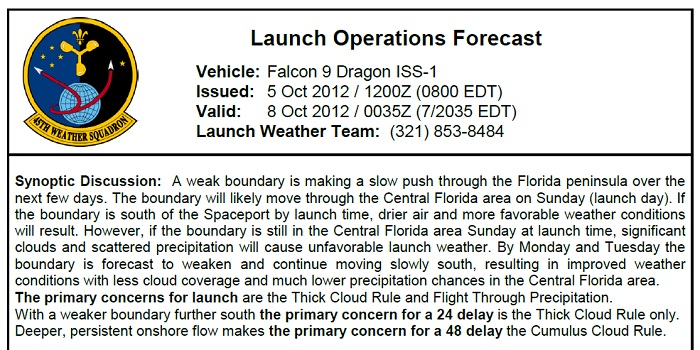
-
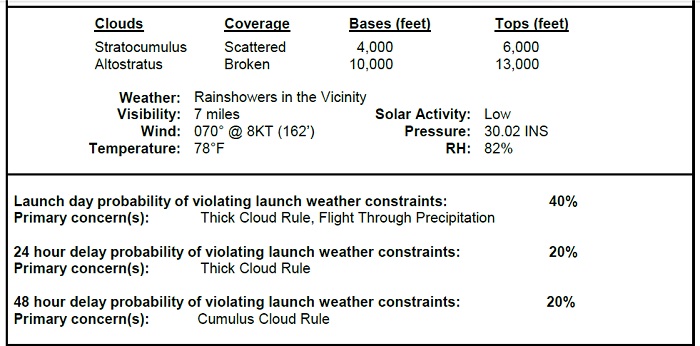
Quelle: USAF
-
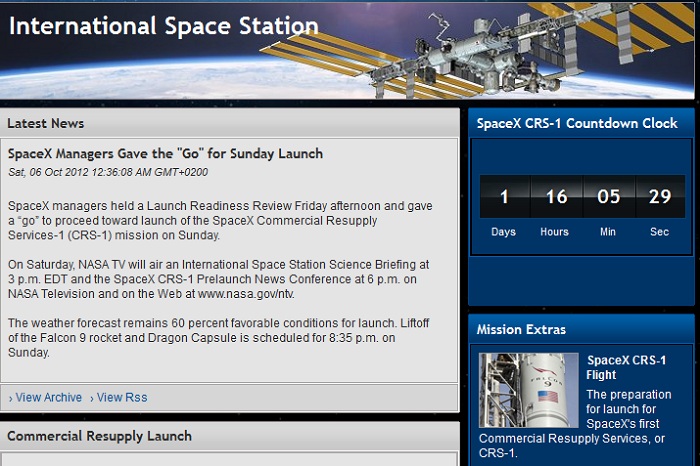
-
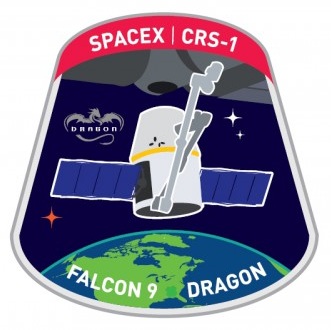
-
Update: 7.10.2012 / 11.00 MESZ
-
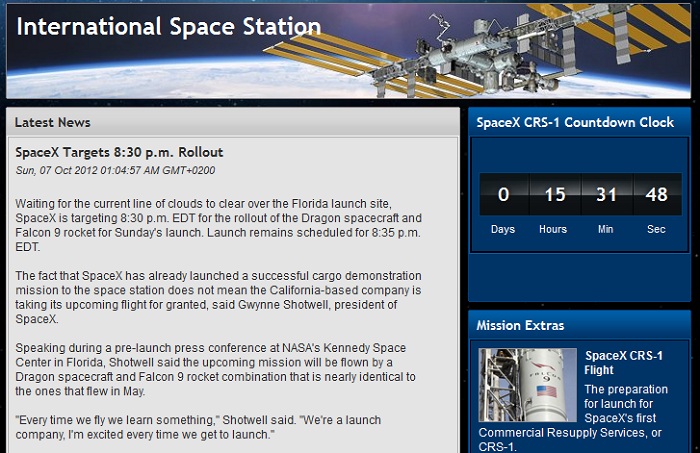
Update: 8.10.2012 / 6.20 MESZ
NASA Celebrates Milestone Liftoff
Mon, 08 Oct 2012 04:03:52 AM GMT+0200
NASA Administrator Charles Bolden and SpaceX President Gwynne Shotwell celebrated the successful liftoff of a landmark cargo mission to the International Space Station tonight as a SpaceX Dragon spacecraft loaded with supplies flew on its own in orbit. The flight is the first operational resupply mission for the company and NASA.
"This was a critical event in spaceflight tonight," Bolden said. "We're once again launching spacecraft from American soil with the supplies our astronauts need in space. NASA and the nation are embarking on an ambitious program of space exploration."
Hawthorne, Calif.-based Space Exploration Technologies, or SpaceX, launched its Dragon capsule aboard a Falcon 9 rocket at 8:35 p.m. EDT, capping a flawless countdown with spectacular show of light and thunder from the rocket's nine engines.
"This was an operational mission, so we're operational (but that) doesn't mean we're going to stop learning and stop making these vehicles as reliable as possible," Shotwell said during a press conference after the launch.
Dragon will rendezvous with the orbiting laboratory Wednesday so astronaut and station commander Suni Williams can reach out with the station's robot arm and grapple the Dragon. The spacecraft will then be joined to one of the station's ports where astronauts will unload its 1,000 pounds of materials. They will also load almost 2,000 pounds of used equipment and experiments inside the Dragon to be returned to Earth safely in about three weeks.
-
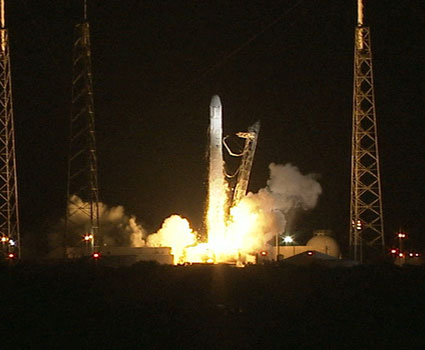
-
Update: 8.10.2012 / 9.00 MESZ
Frams : NASA-VIDEO von Start
-
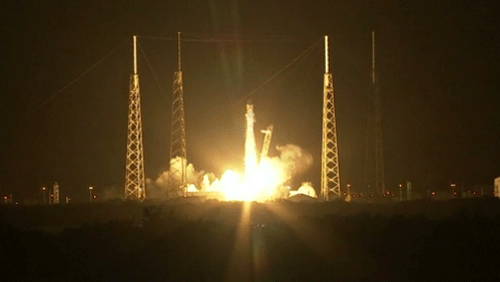
-

-
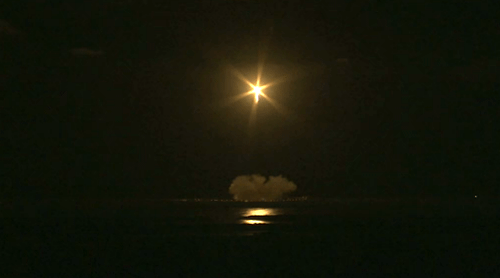
-

-
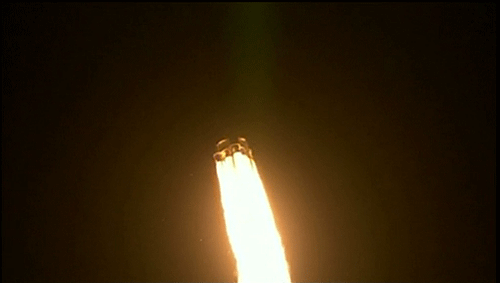
-

-
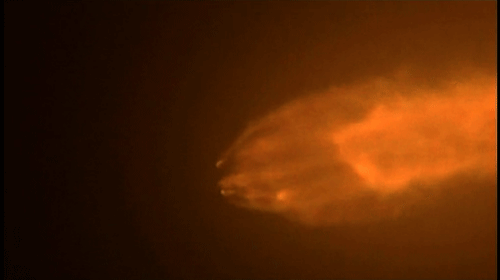
Update: 9.10.2012
